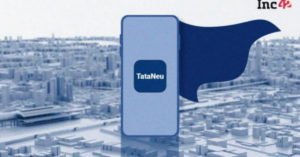
Challenging times for the tech and consumer industries have created a lot of buzz around “subscription fatigue.” The very model that business and consumer platforms have relied on for growth and predictable revenue seems under threat in a changing economy.
There is one problem with that idea, however: It is not true. Subscriptions are not dying; they are just evolving.
Smart companies are iterating on the subscription model with variations such as usage-based billing. Here’s what we have learned from supporting more than 4,500 subscription businesses with subscription billing and revenue management as they respond to changing times.
A short history of subscriptions
Today’s generation of subscription models has had a strong run since the rise of Salesforce in the mid-2000s and shifts by major companies like Adobe and Microsoft normalized them in B2B.
If you already offer a subscription-based model and are seeing subscribers drop off, making assumptions about why they’re doing so is a recipe for failure.
In B2C, company after company aspired to replicate the success of Netflix. A long-tested model that sounded like a relic of the world of newspapers and “book of the month” clubs going back to the 1600s became the hottest trend in tech and e-commerce. And, digital infrastructure has provided a wide range of opportunities to innovate.
But in 2022, the conversation has shifted. When Netflix reported that it had lost 200,000 subscribers in Q1 2022 and expected to lose 2 million more in the months ahead, a new narrative was born in both B2B and B2C. Many industry commentators saw it as a signal of a much more profound shift, where customers were paring back spending and abandoning subscriptions as a category.
What’s really happening
The facts tell a very different story, though. Netflix’s Q2 reporting included a loss of 1 million subscribers. Its results suggest that “subscription fatigue” is not what it appears to be. Moreover, new businesses are still building themselves entirely around subscriptions and traditional businesses are still adopting subscription offerings at a stunning rate.









![Read more about the article [The Turning Point] From Foodiebay to IPO-bound Zomato, we take a look at how the foodtech unicorn tasted success](https://blog.digitalsevaa.com/wp-content/uploads/2021/07/Deepinder-Goyal-zomato-featured-image-1625829486116-300x150.jpg)
